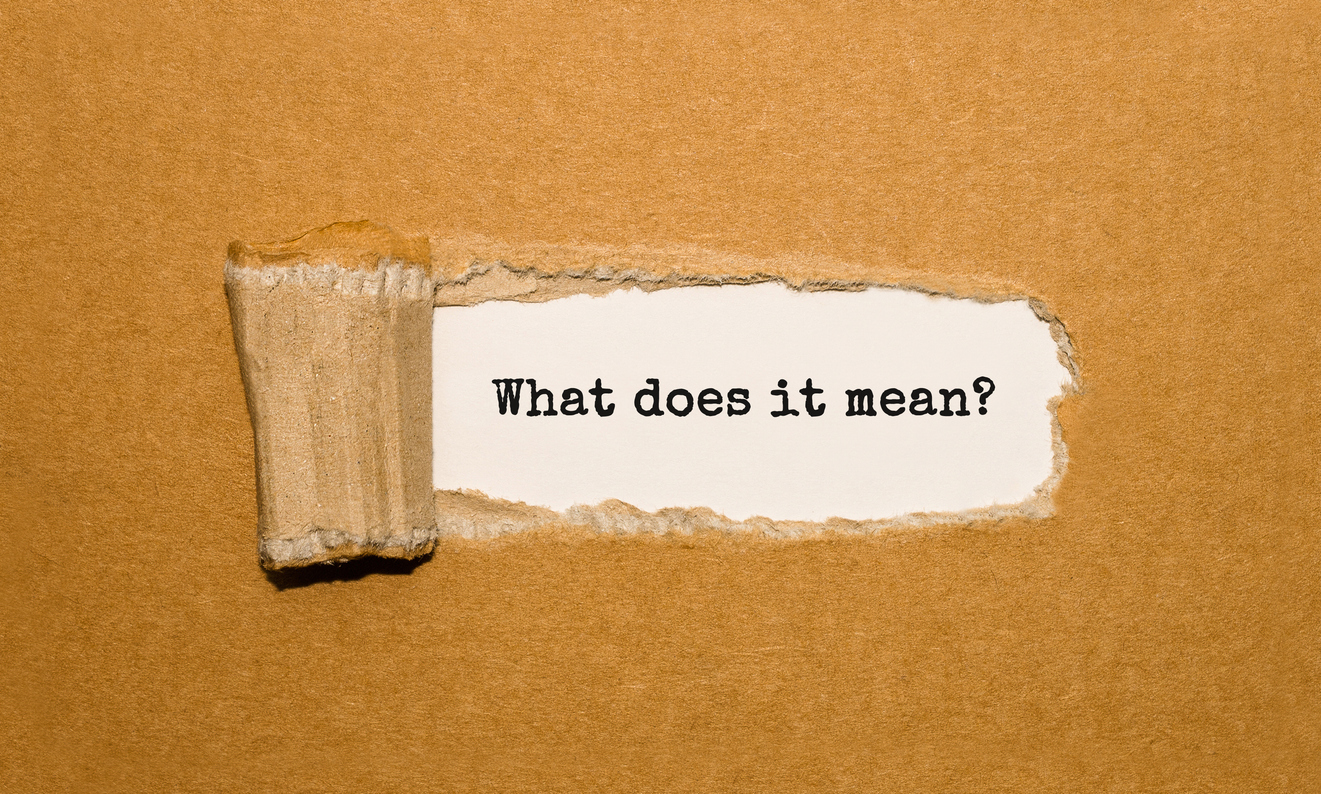“Insurance breakage” mirrors the concept of breakage in the retail sector. In retail, breakage refers to the revenue gained from unredeemed gift cards or prepaid services. Essentially, customers pay upfront for a service or product they never use, and the retailer benefits financially from this non-redemption.
Translating this concept to the insurance industry, “insurance breakage” can be understood as the financial gain an insurance company realizes through the underpayment or non-payment of legitimate first-party claims when policyholders stop trying to collect what is owed. This occurs when insurance companies employ various tactics that effectively reduce the amount they pay out on claims. These methods can include imposing stringent and often excessive documentation requirements on policyholders, employing complex and opaque claim processing procedures, delaying claims payments, or interpreting policy language in a way that is overly restrictive or even contrary to the policyholder’s reasonable expectations.
Such practices can lead to a situation where policyholders, faced with onerous and confusing claims processes, may either give up on pursuing their claim entirely or settle for a payment that is significantly less than what they are entitled to under their policy. This results in a financial benefit to the insurance company, akin to the unclaimed funds in the retail breakage scenario.
However, it’s important to recognize the broader implications of insurance breakage. Unlike retail, where the non-redemption of a gift card may not have significant consequences for the customer, in insurance, the stakes are much higher. Insurance is meant to provide financial protection and peace of mind in the face of unexpected losses. When insurance companies engage in practices that lead to breakage, they not only gain financially but also erode the trust and security that is the foundation of the insurance contract. This can have far-reaching consequences, both for individual policyholders who may find themselves without the support they need in times of crisis and for the insurance industry as a whole, as it can lead to a loss of public trust and confidence.
I mentioned this recurrent problem of insurance companies doing little or nothing to adjust personal property claims in Contents Claims Are Important and FedNat Does Not Adjust Contents Claims:
Public adjusting firms should not have to be hired to do what the insurance company is required to do in good faith. A number of public adjusting firms have outstanding contents specialists. Why insurance companies do not have the same for their own customers is a mystery until you consider how profitable it may be for them to do nothing and let their policyholder do all the work rather than the insurance company doing it from day one after the loss.
…No wonder policyholders feel the need to hire public adjusters to help after the loss when insurance companies who take premiums in advance for contents losses do nothing to adjust the contents loss.
In a recent FedNat bad faith claims deposition, I had the field adjuster tell me that he had no standards for the adjustment of contents losses. The policyholder complained of not getting paid contents losses. What did FedNat do regarding the claim and the outstanding contents losses? It closed the claim! It reported to the Florida Department of Financial Services that the claim was paid and closed, knowing that contents were damaged and that the contents losses were neither adjusted nor paid.
West Virginia Supreme Court Justice Richard Neely noted this issue of insurance companies nitpicking claims:1
Insurance is different from any other business. If a man goes into a butcher shop, asks for two pounds of ground meat, and tenders $2.89 in payment, he will expect his meat to be forthcoming from the grinder. Imagine the scene were the customer to ask for his meat, and be answered that the butcher has no intention to deliver the same. ‘Where is my meat?’ the customer would reply, possibly in other than dulcet tones. ‘I won’t give you any meat,’ replies the butcher firmly. ‘Then give me back my $2.89 and I shall go elsewhere,’ says the customer. ‘I won’t give you the $2.89 either,’ replies the butcher, ‘for you must bring a law suit to get it from me.’ Sock! Pow! Blam! And much property damage of a different sort.
Yet such a colloquy proceeds with regularity in the area of insurance. The case of fire insurance leaps instantly to mind when companies frequently deny liability under contracts with their own insureds. Furthermore, if a man’s car is damaged negligently by another party, the tort-feasor’s insurance carrier, recognizing full well the liability, may well decline to pay forthwith, relying instead upon its ability to wear the injured victim down with legal expenses and the cost of stamps for the exchange of meaningless correspondence.
The problem of “insurance breakage” caused solely by the itemization requirements was partially addressed in California, with the help of United Policyholders, with a law stating:2
(b)(1) In the event of a covered total loss of a primary dwelling under a residential property insurance policy resulting from a state of emergency, as defined in Section 8558 of the Government Code, if the residence was furnished at the time of the loss, the insurer shall offer a payment under the contents (personal property) coverage in an amount no less than 30 percent of the policy limit applicable to the covered dwelling structure, up to a maximum of two hundred fifty thousand dollars ($250,000), without requiring the insured to file an itemized claim.
The insurance industry is very quick to send estimators and vendors to determine the amount of real property damage because the industry knows real contractors will be providing evaluations of costs. When it comes to personal property, most insurers fail to make any adjustment until the policyholder makes an inventory or is told to do their own adjustment work by submitting items into insurance industry software such as Contents Collaboration. This is intentional because it creates “insurance breakage” of the personal property claim. The insurance company could train its adjusters to do what public adjusters do, but it would bear greater adjustment costs and pay more indemnity dollars. Just like self-service gasoline stations now require customers to do all the work, the insurance industry has made personal property adjustment a self-service endeavor.
This needs to change. Insurance breakage occurs when insurance companies are not held accountable for paying for an adjustment team that is dedicated to fully investigating and evaluating all the policy benefits. It does not take a financial genius to figure out that an insurance company can make more money by collecting premiums and not paying claims than the insurance company can make by collecting premiums and fully and promptly paying claims. Unless an insurance company is confronted with the prospect of being subject to paying all damages caused by its wrongful conduct and breakage, it will have no incentive to honor its obligations under its existing insurance policies.
Thought For The Day
The insurance company is in a no hurry. It has the money. It has your premium. It has an army of lawyers.
—Herb Denenberg, former Commissioner of Insurance for Pennsylvania
____________________________________________
1 Jarrett v. E. L. Harper & Son, Inc., 160 W. Va. 399, 406, 235 S.E.2d 362, 366 (1977).
2 California Code, Insurance Code – INS § 10103.7




